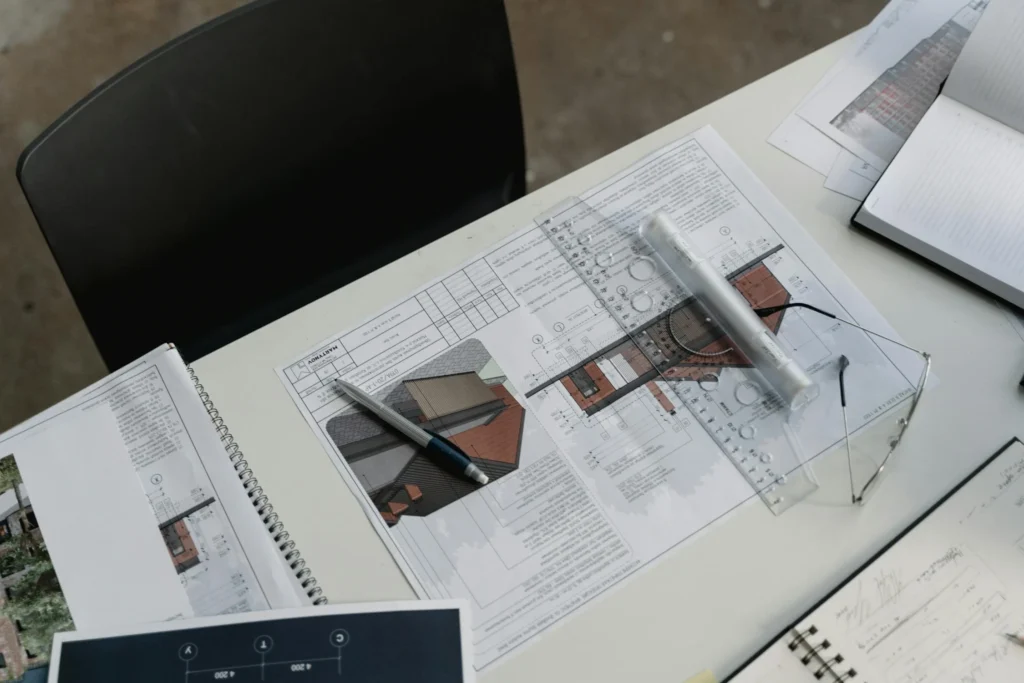
Leveraging BIM Integration with Construction Management Software: Transforming the Construction Industry
The construction industry is evolving rapidly, driven by technological advancements that are reshaping how projects are planned, managed, and executed. Among these innovations, the integration of Building Information Modeling (BIM) with construction management software has emerged as a game-changer. This synergy combines the detailed 3D modeling capabilities of BIM with the organizational efficiency of construction management platforms, creating a powerful toolset for streamlining workflows, improving collaboration, and optimizing project outcomes.
While both BIM and construction management software are effective on their own, their integration represents a quantum leap in how construction projects are managed. From pre-construction planning and design to real-time execution and post-construction analysis, this collaboration is transforming traditional workflows and setting new standards for efficiency and accuracy in the industry.
Understanding BIM and Construction Management Software
To appreciate the value of their integration, it is essential to understand the core functions of BIM and construction management software.
BIM is a process that involves creating and managing digital representations of the physical and functional aspects of a building. These 3D models are highly detailed, incorporating information about materials, structural elements, and even energy performance. BIM not only serves as a digital blueprint but also as a dynamic database that evolves with the project, making it an invaluable tool for design, analysis, and visualization.
On the other hand, construction management software focuses on the logistical aspects of construction projects. It helps manage schedules, budgets, resources, and communications. From assigning tasks to tracking progress and resolving issues, this software is designed to keep projects on time and within budget.
When these two technologies work together, they bridge the gap between design and execution. BIM provides a rich, data-driven foundation, while construction management software ensures that this data is effectively used to drive decision-making and streamline processes.
The Synergy of BIM and Construction Management Software
The integration of BIM with construction management software transforms the way teams interact with project data. Traditionally, these processes were managed in silos, with design teams focusing on models and construction teams relying on spreadsheets and schedules. This disjointed approach often led to miscommunication, inefficiencies, and costly mistakes.
By integrating BIM into construction management platforms, all stakeholders gain access to a unified source of truth. This integration enables real-time updates, ensuring that everyone—architects, engineers, contractors, and project managers—works from the same set of data. For example, if an engineer modifies a structural element in the BIM model, the corresponding changes are automatically reflected in the construction management software. This eliminates the need for manual updates and reduces the risk of errors.
Moreover, this synergy enhances visualization and planning. Instead of relying on abstract schedules or flat blueprints, project managers can use BIM to see exactly how the building will look and function at every stage of construction. They can then link these visuals to project timelines, creating a highly intuitive, 4D representation of the construction process.
Key Benefits of Integration
The integration of BIM and construction management software offers numerous advantages that go beyond traditional methods, transforming the entire construction lifecycle.
Enhanced Collaboration
Collaboration is at the heart of successful construction projects. The integration of BIM with construction management software fosters a collaborative environment by breaking down silos between teams. All project stakeholders can access the same data and models in real-time, enabling better communication and coordination. Architects can share design changes seamlessly with contractors, while project managers can use the updated information to adjust timelines and budgets accordingly.
This real-time collaboration reduces delays caused by miscommunication and ensures that everyone is aligned on project goals. It also allows for earlier identification and resolution of potential conflicts, such as clashes between structural and mechanical systems, which can be detected and resolved within the BIM environment before construction begins.
Improved Efficiency and Cost Management
Time is money in construction, and delays can lead to significant financial losses. By integrating BIM and construction management software, teams can optimize workflows and reduce inefficiencies. BIM provides detailed insights into material quantities and construction sequences, which construction management software can use to generate precise schedules and cost estimates.
For example, project managers can use the integration to predict when specific materials will be needed on-site, avoiding costly storage fees or delays caused by late deliveries. Similarly, labor schedules can be synchronized with project timelines to ensure optimal resource allocation.
Additionally, this integration minimizes the risk of rework, which is one of the biggest contributors to budget overruns. By identifying potential issues early in the design phase and linking them to construction plans, teams can make adjustments before physical work begins.

Risk Mitigation and Safety
Every construction project involves risks, from design errors and scheduling conflicts to safety hazards on-site. The integration of BIM and construction management software provides tools to anticipate and mitigate these risks effectively.
BIM’s ability to simulate construction sequences helps identify potential hazards before workers set foot on-site. This information can be incorporated into construction management software, which can then generate detailed safety plans and training schedules. For example, if a BIM model reveals that a certain area of the building will be challenging to access, the construction management software can allocate additional resources or suggest alternative methods to ensure worker safety.
Real-World Applications of BIM and Construction Management Software Integration
The benefits of BIM integration are not just theoretical—they are being realized in real-world projects across the globe.
In large-scale commercial projects, for instance, this integration is often used to manage complex supply chains. Contractors can link BIM models to procurement schedules, ensuring that materials arrive just in time and reducing waste. Similarly, public infrastructure projects, such as bridges and highways, use this integration to coordinate multiple teams working on different aspects of the project. By visualizing how each component fits into the overall design, project managers can avoid conflicts and ensure smooth progress.
One notable example is the construction of a major hospital in the United States. The project involved multiple stakeholders, including architects, engineers, and medical professionals. By integrating BIM with construction management software, the team was able to coordinate designs for highly specialized spaces, such as operating rooms and laboratories, while managing tight schedules and budgets. This approach not only reduced construction time but also ensured the facility met all regulatory and functional requirements.
Future Trends and the Path Forward
As technology continues to advance, the integration of BIM and construction management software is expected to become even more seamless and sophisticated. Artificial intelligence and machine learning are likely to play a significant role, providing predictive insights based on historical data and real-time analytics. For example, AI could analyze past projects to recommend the most efficient construction methods for a new design or flag potential risks before they materialize.
The rise of cloud-based platforms is another key trend, enabling stakeholders to access BIM models and project data from anywhere in the world. This is particularly beneficial for global construction projects, where teams are often distributed across multiple locations.
Sustainability is also driving innovation in this space. BIM integration can help teams evaluate the environmental impact of different design and construction choices, from energy consumption to carbon emissions. By linking this data to construction management software, project managers can make informed decisions that align with sustainability goals, such as achieving LEED or BREEAM certification.
The integration of BIM with construction management software represents a transformative step for the construction industry. By combining the detailed, data-rich models of BIM with the organizational capabilities of construction management platforms, this integration offers unprecedented levels of efficiency, accuracy, and collaboration.
As the industry continues to adopt these technologies, the potential for innovation is immense. From reducing costs and improving safety to advancing sustainability and fostering collaboration, the benefits are clear. For construction professionals, embracing this integration is not just a competitive advantage—it is becoming a necessity in a rapidly evolving landscape. By leveraging the power of BIM and construction management software, the industry is poised to build smarter, faster, and better than ever before.
In today’s construction landscape, efficiency and accuracy are paramount. Construction management software, like Wunderbuild, revolutionises project handling by centralising tasks, from scheduling and budget management to communication and document control. This integration enhances productivity and ensures projects are completed on time and within budget, making it an essential tool for modern construction professionals. Embrace Wunderbuild here to begin streamlining your construction processes and boost your project’s profitability.




